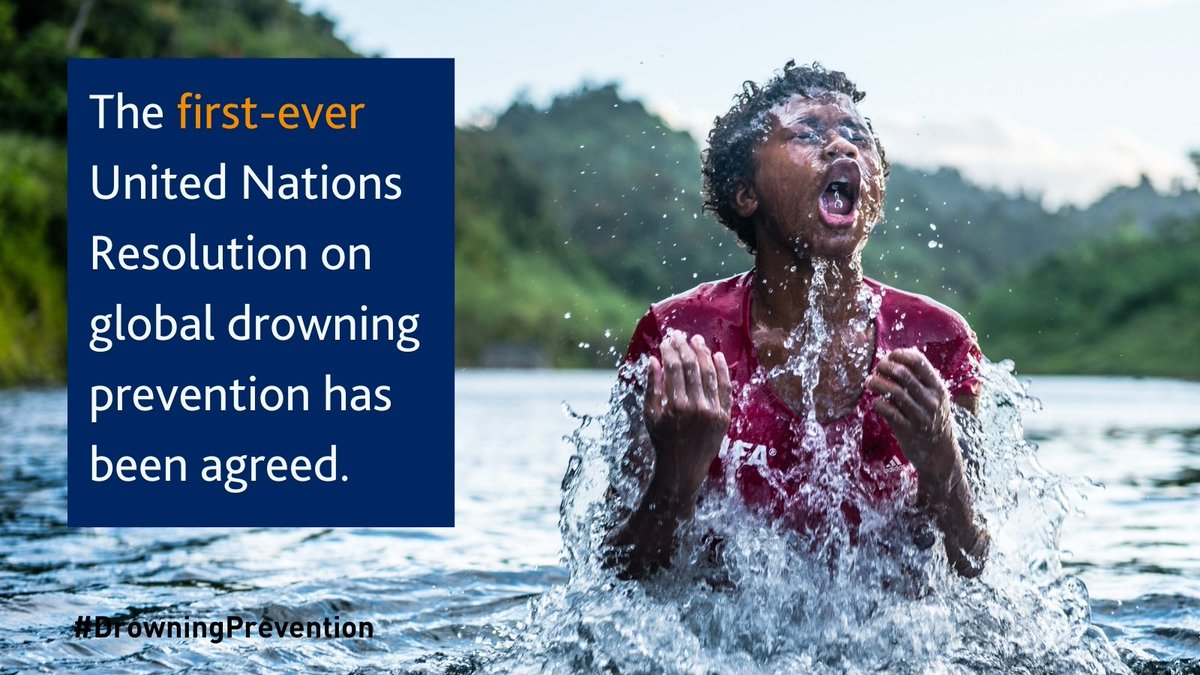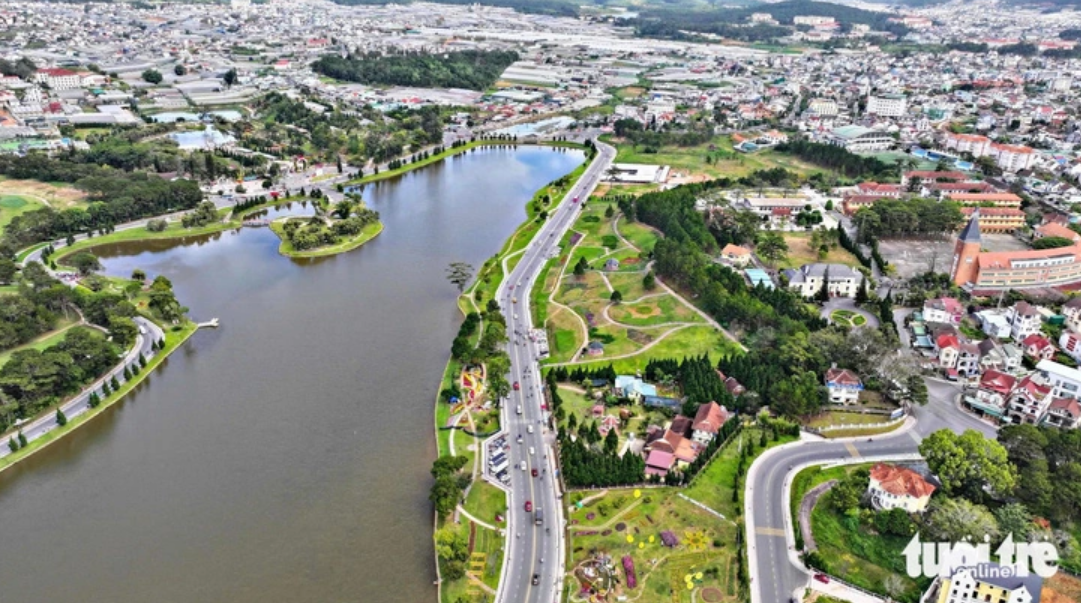 |
The first two report launch was held through a virtual event with the participation of many experts, scientists and representatives of authorities from many countries around the world.
Representatives from many countries including: USA, China, Canada, UK, Bangladesh and WHO shared the current situations in countries along with the measures each country has taken to overcome and minimize the number of deaths due to drowning as well as general lessons learned.
 |
| Many experts and scientists participated in the virtula event for sharing drowning preventionexperience in their countries. |
According to WHO reports, the current situations of global drowning also warn that climate change in the Asia Pacific region makes vulnerable places, vulnerable communities and individuals at increased drowning risk. More frequent and extreme weather events can lead to more regular and intense floods, increasing populations’ exposure to potentially hazardous interactions with water.
In the South-East Asia Region, most drowning deaths occur among children and men
Of the 70 000 drowning deaths in the WHO South-East Asia Region in 2019, more than 33% were among children aged under 15 years. On average, men were three to four times more likely to drown than women.
There have been pockets of success towards reducing drowning in countries of the Region. Among the 10 out of 11 countries in the Region that contributed to the report, four reported having national or subnational strategies, policies or plans to reduce drowning. Yet, only Thailand has set targets to measure progress towards its goals.
Reflective of the diversity of the Region, the impact of drowning and effective approaches to its prevention differ across and within countries. While some governments have well-developed water safety strategies and well-established national mechanisms for drowning prevention, other countries are at an early stage of developing and expanding drowning prevention interventions.
Efforts, especially for at-risk groups such as children, include: survival swim and water skills training in Bangladesh, India, Nepal, Sri Lanka and Thailand; community-based day care/creches for young children in Bangladesh, India and Thailand; and improved information systems and public awareness campaigns focused on behaviour change in Thailand.
In addition to death from drowning, also non-fatal drowning – where individuals are rescued and/or resuscitated – also results in a substantial number of hospitalizations in the two WHO regions, and can cause severe brain damage that may result in long-term disabilities such as memory problems, learning disabilities and permanent loss of basic function.
“Despite many lives being lost each year, drowning remains a largely unrecognized threat to health and well-being,” said Dr Poonam Khetrapal Singh, WHO Regional Director for South-East Asia. “We need to work across all sectors to develop national water safety plans and policies and implement tested and low-cost water safety interventions to prevent drowning and save lives. No child or adult should lose their life to drowning.”
The newly launched reports provide countries with WHO-recommended best practices on drowning prevention interventions and policies, including day care for children, the use of barriers for controlling access to water, public awareness campaigns focused on behaviour change, and policies and legislation on water safety, including regulation of recreational boating and maritime transport.



